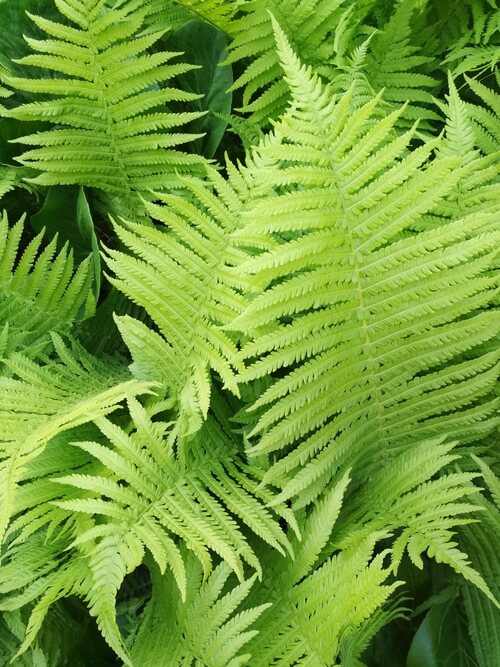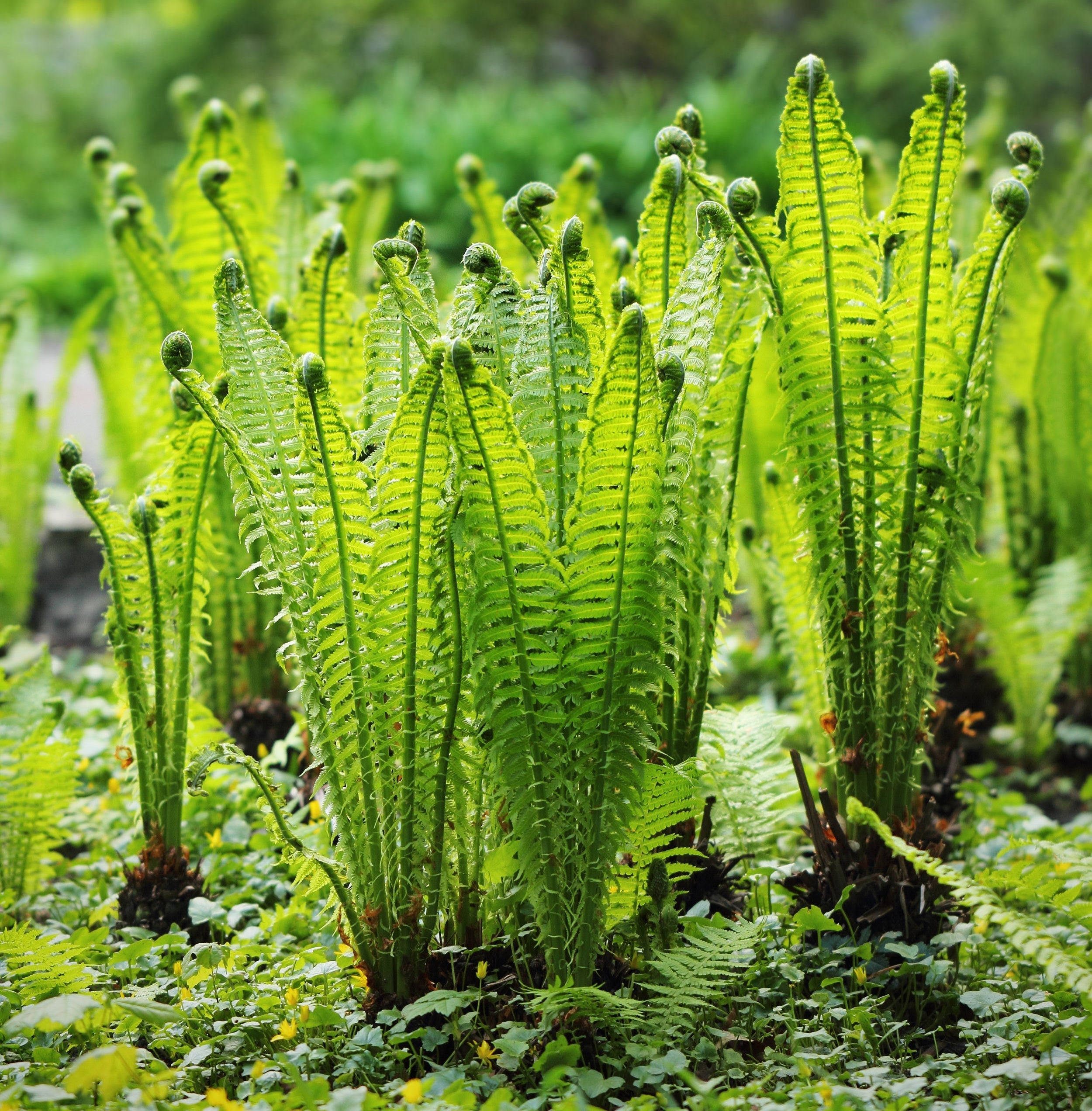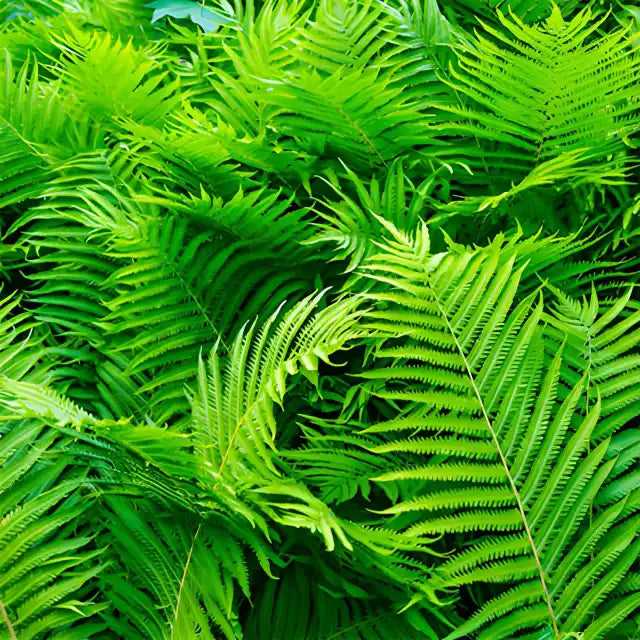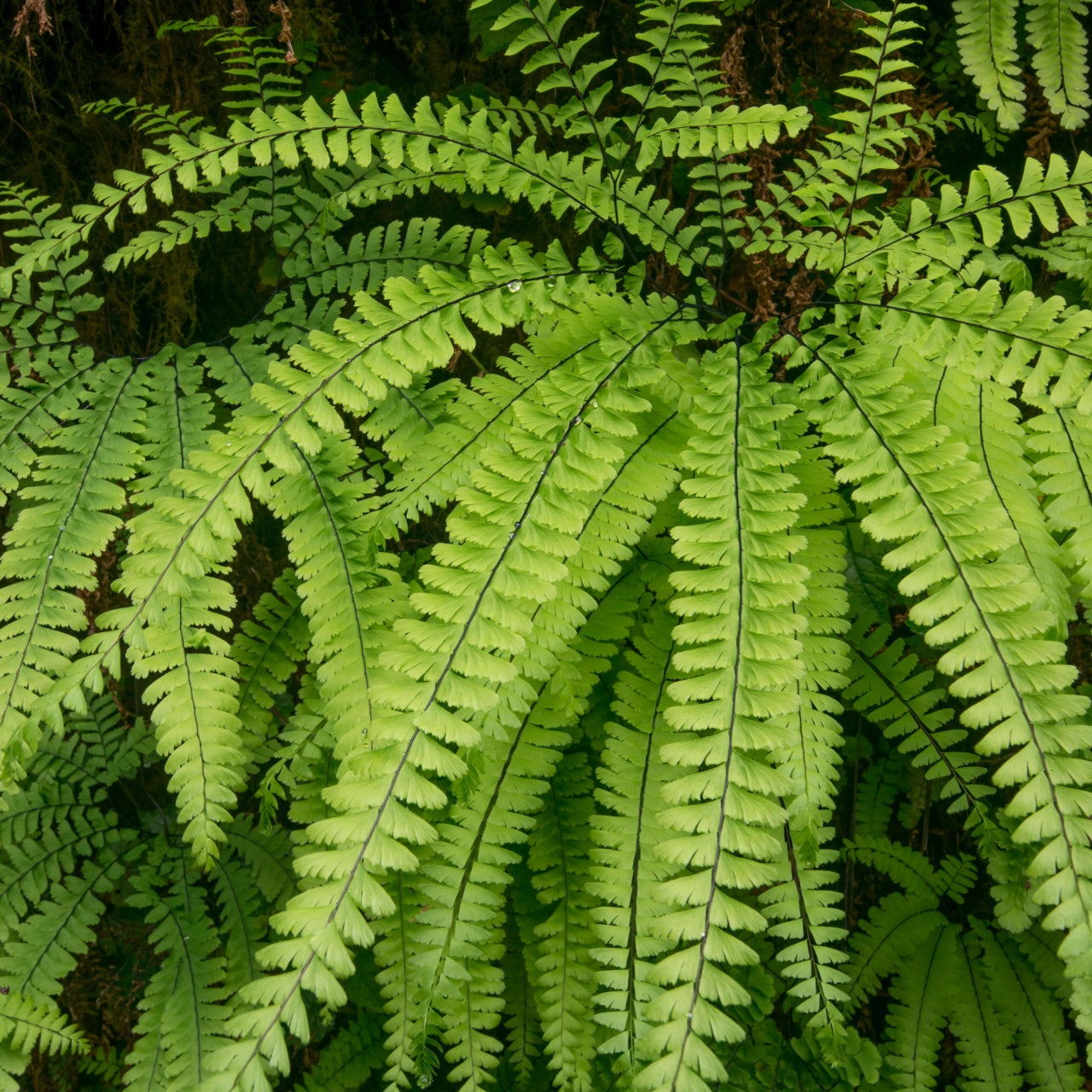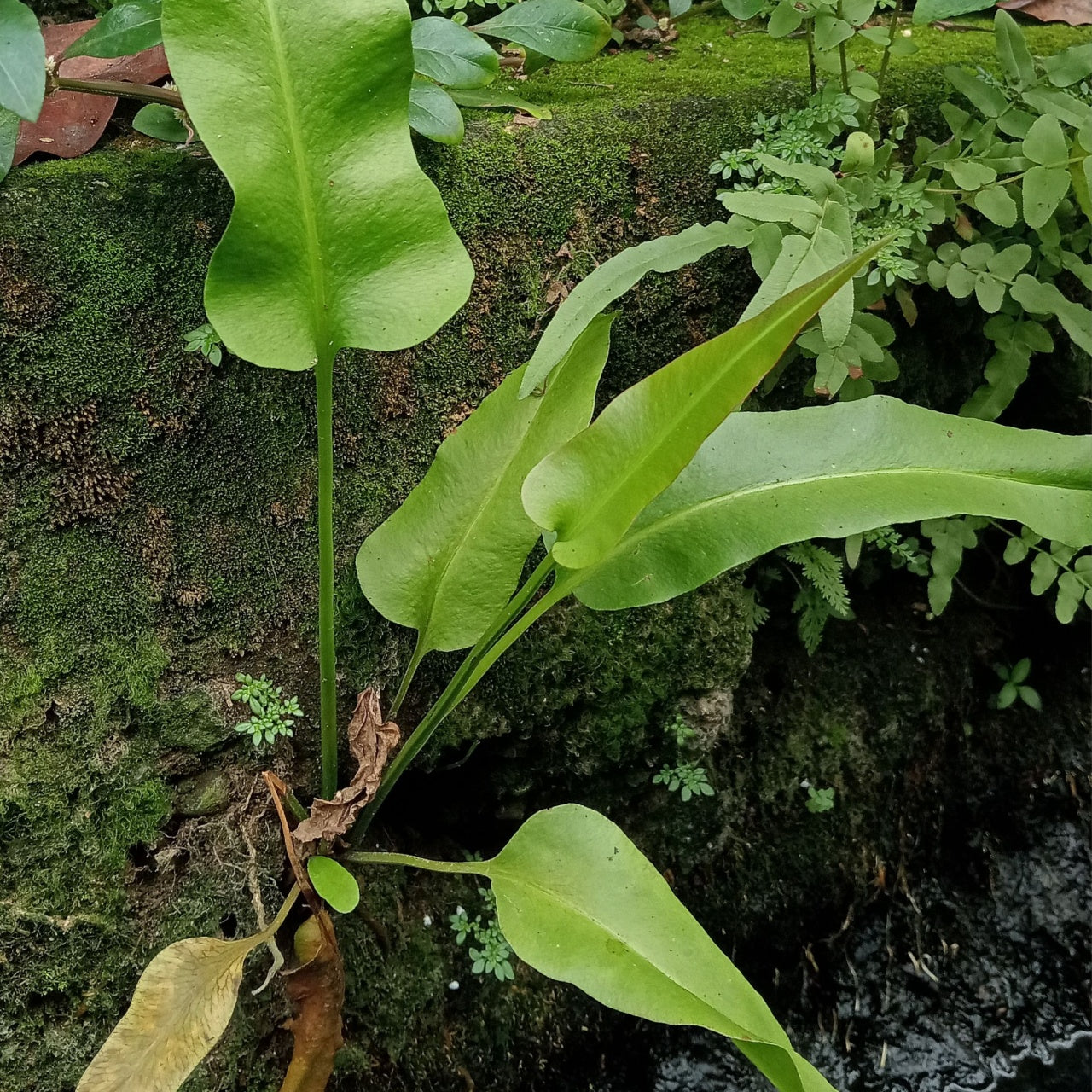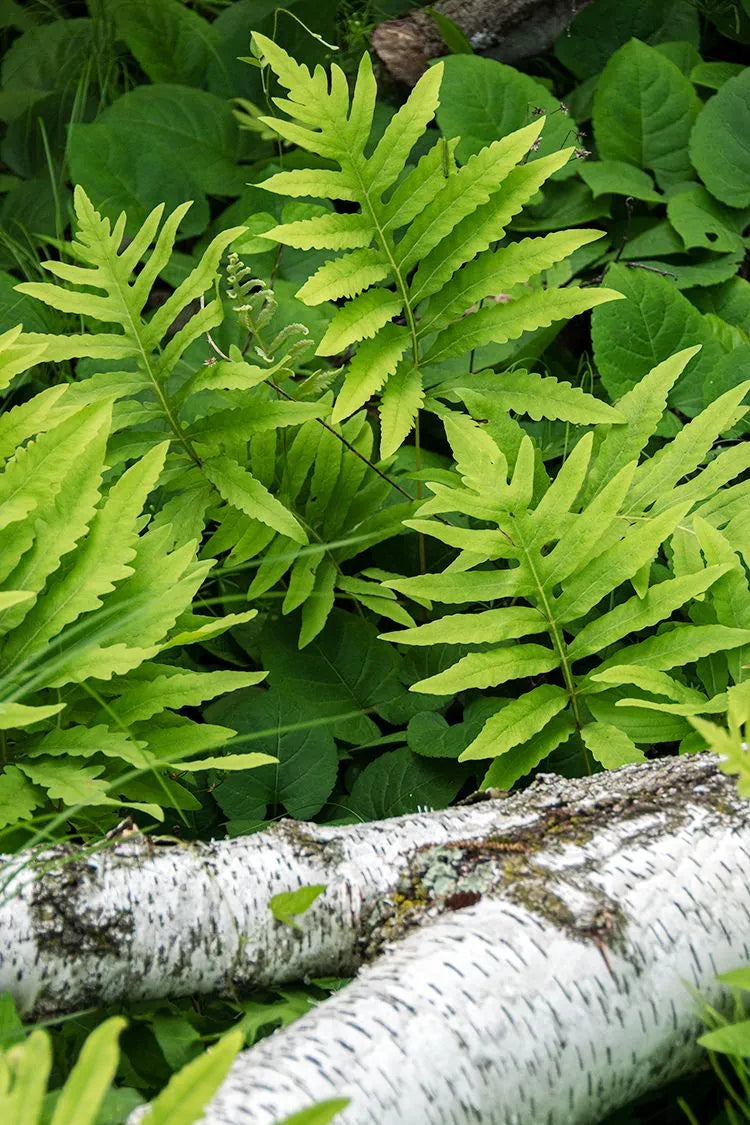Sun ferns are different. They drink in the sunlight more readily, giving you another way to grow ferns, especially if you live in a warmer or sunnier region. TN Nursery has various ferns, including plenty of sun-loving plants you can grow inside or out.
Sun Ferns are Available at TN Nursery
When discussing ferns, we often think of a lust forest, shady spots, a damp environment, and a peaceful atmosphere. While ferns are best known for their ability to thrive in moist and shady environments, many ferns can thrive in sunny areas. These species have evolved, which allowed them to adapt to different environmental conditions.
Since these sun-tolerant ferns are well-adapted to partially shaded and sunny environments, they are a more versatile option for gardens than their shady counterparts. That’s why they have become famous for turning a dead garden into a beautiful, lush outdoor space.
At TN Nursery, we have a wide variety of direct sun ferns from which gardeners can choose
From Ostrich Fern to Christmas Fern, you can buy fern plant species to achieve a lush green garden that is low maintenance and sustainable. Featured Sun-Tolerant Ferns If you want to add texture and movement to your garden, outdoor fern plants are the best option. They are popular as ground covers and borders or simply as an accent plant between vibrant, colorful flowers to maintain a balanced look.
Among the most sought-after options is Lady Fern, known for its feathery texture and lacy, delicate fonds. It’s usually found in shaded areas, but its adaptability and versatility make it an excellent option for any landscaping design. New York Fern is another popular species native to New York, hence the name.
Beautiful Sun Fern Features
This fern features long, beautiful fonds that can grow up to 2 feet, making it an excellent ground cover under taller perennials. TN Nursery also offers Christmas Ferns, Bracken Ferns, Cinnamon Ferns, and Fiddlehead Ferns. Explore our entire collection to buy fern plant species for your landscape design.
